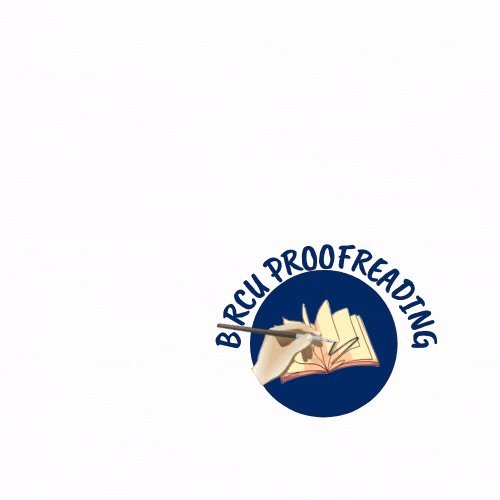The Comparison of Cooperative Learning Methods Make a Match Type with Scrable Types Students' Learning Results for 8th Grade in Government Junior High School 2 Kualuh Selatan
Abstract
This study aims to determine the comparison of student learning outcomes in the application of the Make a match learning method with the Scramble method on the subject matter of the Excretory System. The research design used was a quasi-experimental group design with a pretest-posttest experimental group design. In the experimental class I which was taught using the Make a match method the average score of student learning outcomes was 63.56 and the increase in the average score of student learning outcomes was 90.04. In the experimental 2th grade, which was taught using the Scramble method, the average score of student learning outcomes was 50.92 and the increase in the average score was 94.60. The results showed that there were differences in student learning outcomes between the experimental 1th grade and the experimental 2th grade.
Keywords
Full Text:
PDFReferences
Anitah, Sri. (2009). Media Pembelajaran. Surakarta: Panitia Sertifikasi Guru Rayon 13 FKIP UNS Surakarta.
Berlian,Z., Aini,K., Nurhikmah,S. (2017). Pengaruh Model Pembelajaran Kooperatip Tipe Make a match terhadap Hasil Belajar Siswa pada mata pelajaran Biologi di SMP Negeri 10 Palembang. Jurnal Bioilmi.3(1). Diakses pada tanggal 28 Februari 2020.
Curran, L. (2010). Metode Pembelajaran Make A Match. Jakarta : Pustaka Belajar.
Djamarah, S.B. (2011). Psikologi Belajar. Jakarta: PT Rineka Cipta.
Gultom, M. (2018). Pengaruh Penggunaan Model Pembelajaran Cooperative Learning Tipe Make a Match Terhadap Hasil Belajar Biologi pada Materi Animalia Di Kelas X SMA Negeri 2 Rantau Selatan. Pusat Sains dan Matematika Sekolah UNESA.
Slameto. (2013). Belajar dan Faktor-faktor Yang Mempengaruhi. Jakarta: PT Rineka Cipta.
Gultom, H.S.B. (2017). Perbandingan Model Pembelajaran Make a Match dengan Scramble Terhadap Hasil Belajar Siswa pada Materi Ekosistem di SMA Negeri 1 Aek Natas. Jurnal Pembelajaran dan Biologi. 3(2) : 36-37.
Hamalik, Oemar. (2013). Proses Belajar Mengajar. Jakarta: PT Bumi Aksara
Huda, Miftahul. (2014). Model-model Pengajaran dan Pembelajaran: Isu-isu Metodis Dan Paradigmatis. Yogyakarta: Pustaka Pelajar.
Lubis , Anggiarti. (2012). Pengaruh Model Pembelajaran Scramble yang Disertai Post-Test Terhadap Hasil Belajar Biologi Siswa Kelas VIII MTs ALFURQAN Padang Tahun Ajaran 2011/2012. Padang.
Meria, Ani. (2011). Pengaruh Model Pembelajaran Scrambel Terhadap Hasil Belajar Biologi Siswa Kelas VIII SMPN 9 Padang Tahun Ajaran 2010/2011. Padang.
Mihtahul Huda. (2013). Model-model Pengajaran dan Pembelajaran. Yogyakarta: Pustaka Pelajar
Ilyas, M., A, Fitriani. (2014). Pembelajaran Matematika Melalui Model Kooperatif Tipe Make A Match dan Tipe Scramble pada Siswa Kelas VII SMP Negeri 4 Palopo. Jurnal Sainsmat, III (1) : 62-65.
Nazliah,R., Harahap,D.R., Hasibuan,R.E. (2019). Pengaruh Model Pembelajaran Mind Mapping Terhadap Hasil Belajar Siswa Pada Materi Respirasi di Kelas XI SMA Negeri 2 Bilah Hulu. Jurnal Biolokus. 2(2) : 180-185.
Philips, S. (2020). Education and Curriculum Reform: The Impact They Have On Learning. Budapest International Research and Critics in Linguistics and Education (BirLE) Journal. P. 1074-1082.
Sanjaya, W. (2016). Strategi Pembelajaran Berorientasi Standar Proses Pendidikan. Jakarta: Kencana Prenada Media Group.
Soedjadi, R. (2007). Masalah Kontekstual sebagai Batu Sendi Martematika Sekolah. Surabaya:
Sugiyono. (2009). Metode Penelitian Pendidikan. Bandung: Alfabeta.
Sukiman. (2013). Pengembangan Sistem Evaluasi. Yogyakarta:Insan Madani
Suprijono, A. (2012). Cooperative Learning Teori & Aplikasi Paikem. Yogyakarta: Pustaka Belajar.
Wibawa, Basuki et al. (2001). Media Pengajaran. Bandung: CV. Maulana.
DOI: https://doi.org/10.33258/birci.v4i4.3378
Article Metrics
Abstract view : 96 timesPDF - 49 times
Refbacks
- There are currently no refbacks.

This work is licensed under a Creative Commons Attribution-ShareAlike 4.0 International License.

This work is licensed under a Creative Commons Attribution-ShareAlike 4.0 International License.

_.gif)

















_.gif)



